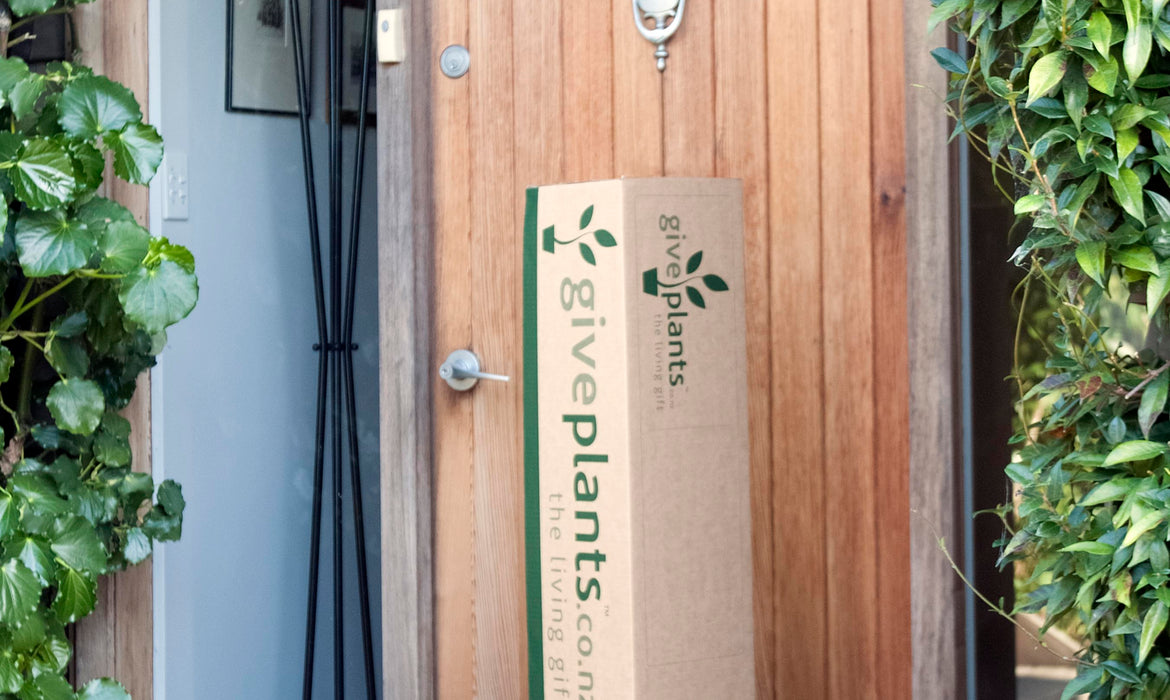Drum roll please.....!!
| On 2022-05-21
Can you believe we are almost halfway through the year!
June is just around the corner and Christmas in our sights (I know, I know but when it comes to plants we are always looking about 6 months ahead!!) which means we are looking at new product offerings.
The first new addition will more than likely be the Fittonia, a small and colorful houseplant. The main reason that this houseplant is kept is the pattern on the leaf. The most common Fittonia has a pattern of silver veins on a light green leaf. There are also varieties with pink, pink, white or green veins. You can read more about these different types further down this page. This fun pattern on the leaves gives the Fittonia its nickname Mosaic plant or Nerve plant.
Depending on the species, these leaves never grow larger than a few centimeters. The plant originates from Peru where it grows as a ground cover. A Fittonia can then spread over a piece of about 30 centimeters. They can reach a maximum height of 15 centimeters, although they often stay below this. A Fittonia can bloom in the natural environment, but as a houseplant this rarely happens.
It is a nice houseplant, but also very temperamental. The plant makes quite a few demands on the care. You can read these requirements below, as well as the different types of Fittonia and common problems.
